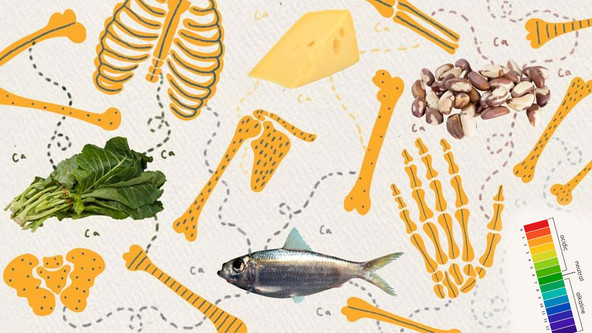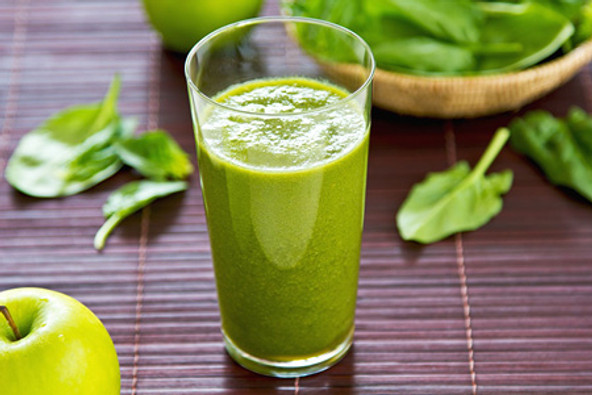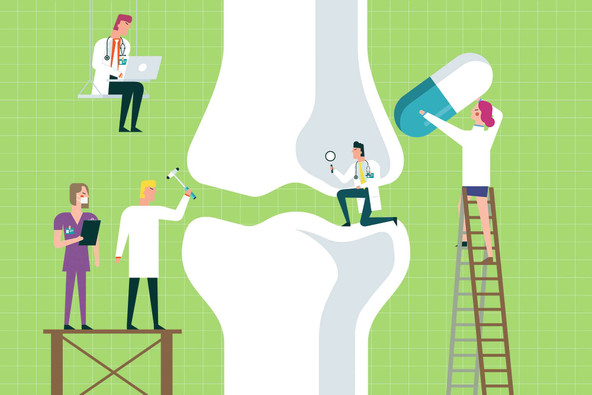Posted by Beyond Health on Nov 3rd 2025
Another Way to Build Strong Bones
. . . it's Vitamin E! If you've been reading the Newsclips for a while, you know you need a team of nutrients working together with calcium to build strong bones, and that our Bone Mineral Support Formula includes all the members of this team. But if osteoporosis is a concern, another supplement you might consider is Vitamin E. Bones are continually being broken down (demineralized) and built back up (mineralized). However as we age, various factors, especially excessive free radicals, can create an imbalance in favor of bone breakdown leading to the gradual thinning out and weakening of the bones (osteoporosis). As one of the most powerful antioxidants, vitamin E reduces free radicals and has been demonstrated to protect against osteoporosis and improve bone material and structure. Vitamin E comes in 8 different forms: there are 4 tocopherols (alpha, beta, delta and gamma) and 4 tocotrienols (also alpha, beta, delta and gamma). Our Vitamin E Formula is a balanced mix of the four tocop…
read more Fuel your life with the purest vitamins
Fuel your life with the purest vitamins





